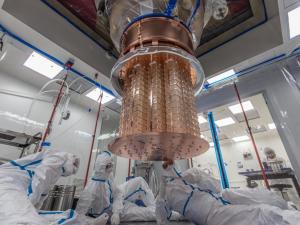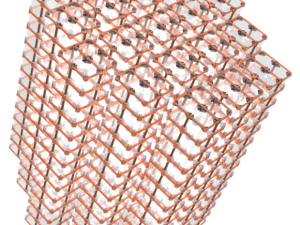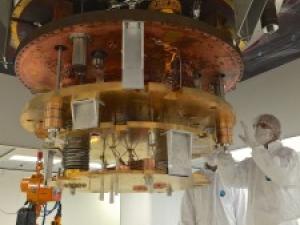

Research Bio
Yury Kolomensky is a professor in the Department of Physics. He is an experimental particle physicist interested in precision tests of the electroweak theory and QCD. The present theory of strong and electroweak interactions, the Standard Model, has been highly successful in describing most if not all currently seen phenomena. At the same time, the theory leaves many important questions unanswered. Why are there three quark and lepton generations with seemingly hierarchical mass structure ? What is the origin of matter-antimatter asymmetry in the Universe ? Is there a more complete description of particle interactions, including gravity, at higher energies ?
While his theoretical colleagues are working on possible answers to these questions, it is the role as experimentalists to guide them and help shape up or disprove new theories. New particle accelerators are being built or planned to study interactions at high energies. On the other hand, unique opportunities provided by precision electroweak measurements at lower energies complement the discovery potential of the highest energy colliders.
See current projects
Research Expertise and Interest
particle physics, precision measurements, electroweak interactions, neutrino physics, QCD, BaBar, E158, CUORE, Mu2e
In the News
The CUORE Underground Experiment Narrows the Search for Rare Particle Proces
Experiment Provides Deeper Look into the Nature of Neutrinos
Creating the Coldest Cubic Meter in the Universe
In an underground laboratory in Italy, an international team of scientists has created the coldest cubic meter in the universe. The cooled chamber—roughly the size of a vending machine—was chilled to 6 milliKelvin or -273.144 degrees Celsius in preparation for a forthcoming experiment that will study neutrinos, ghostlike particles that could hold the key to the existence of matter around us.



